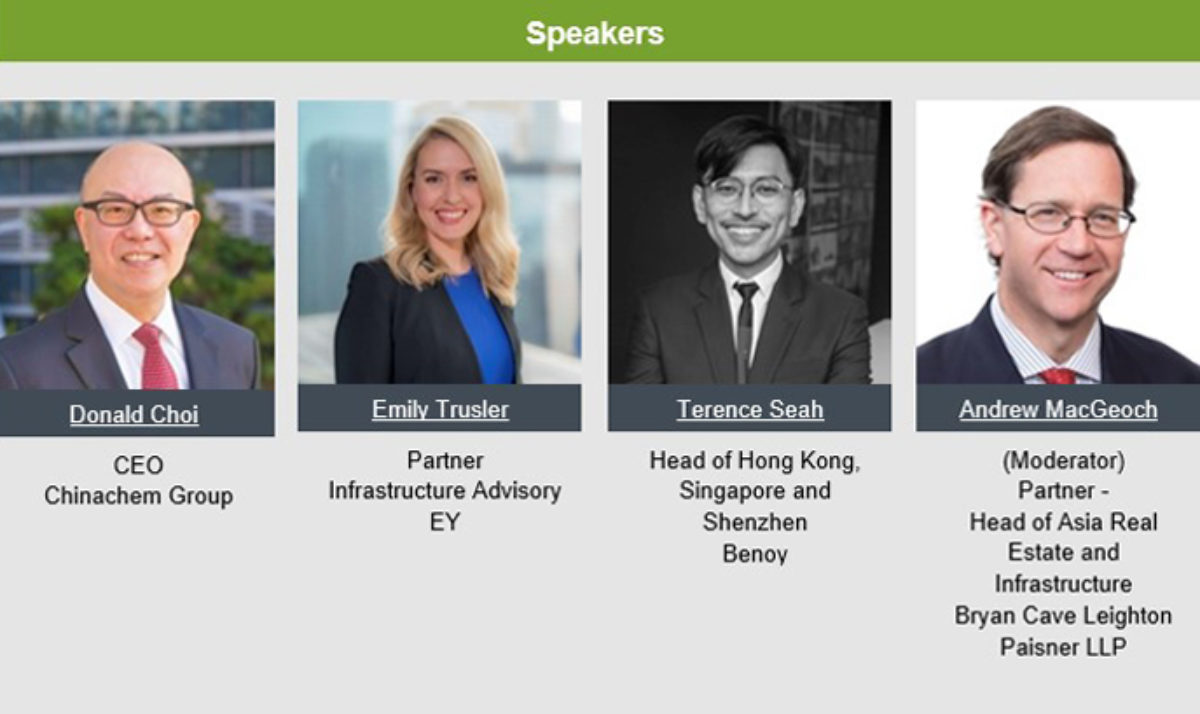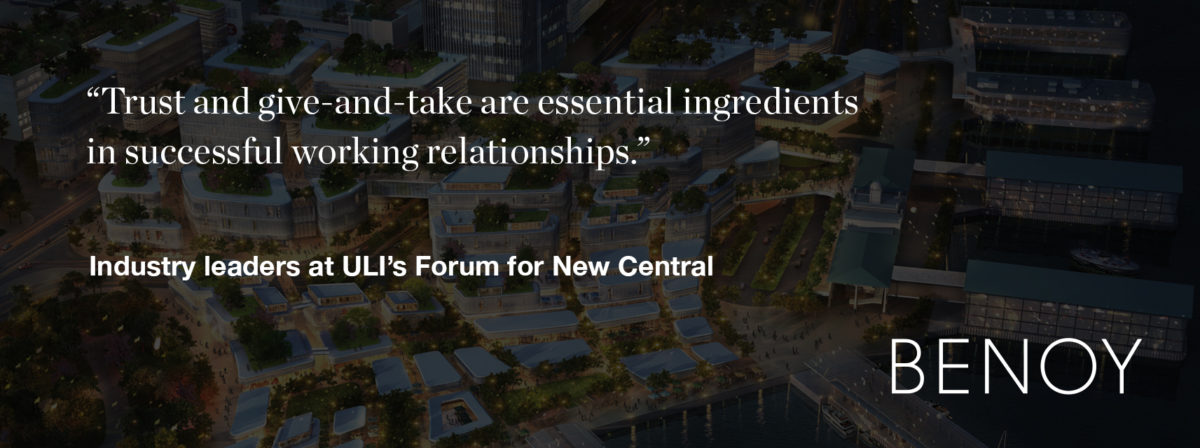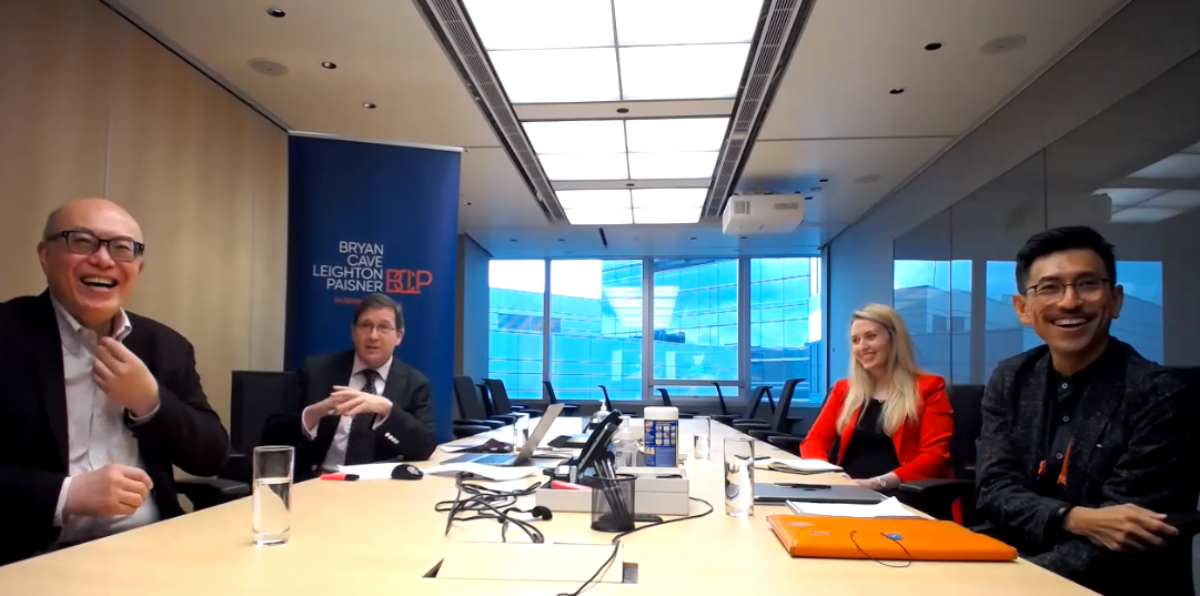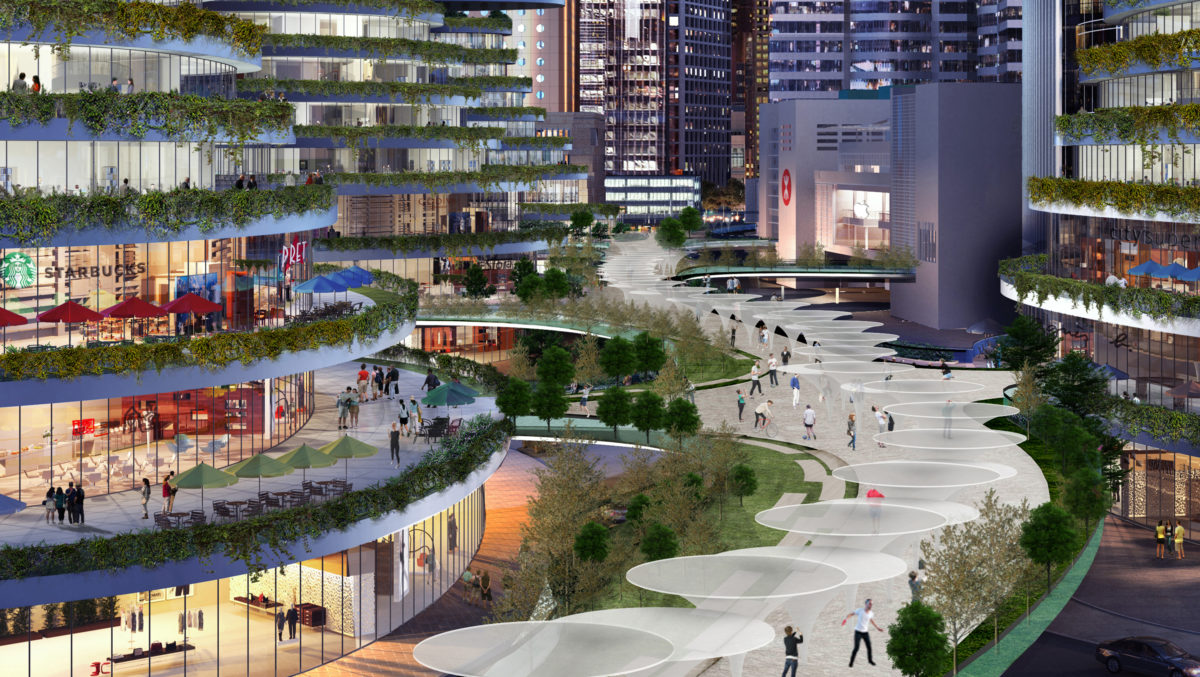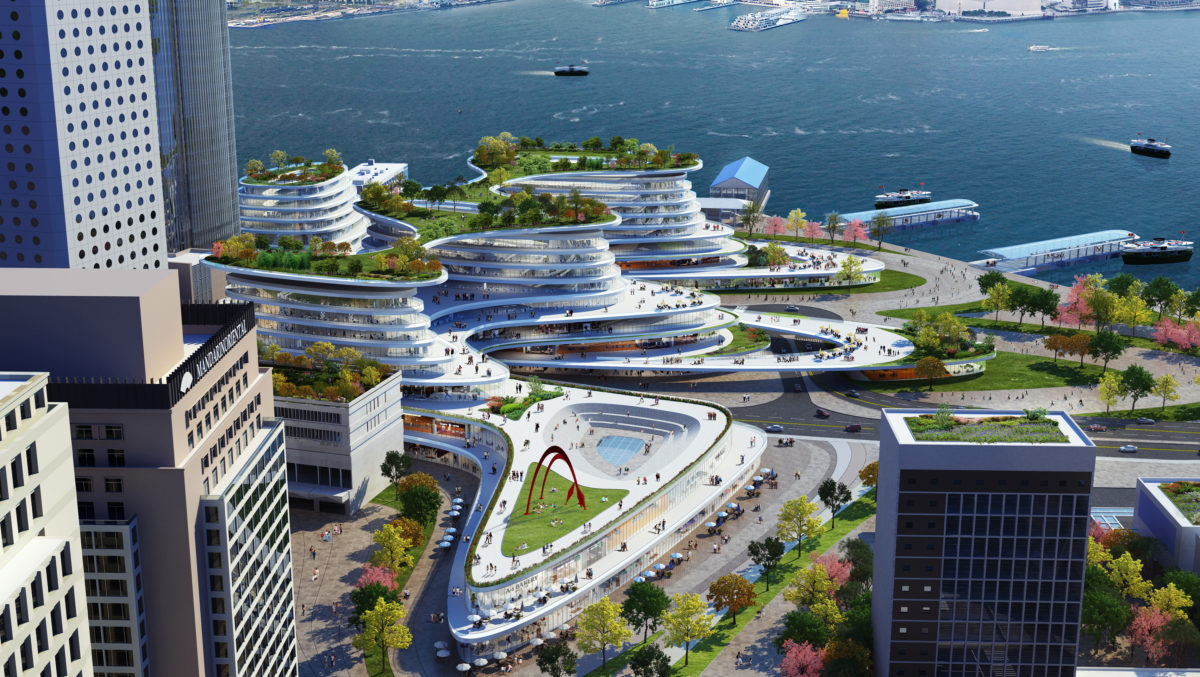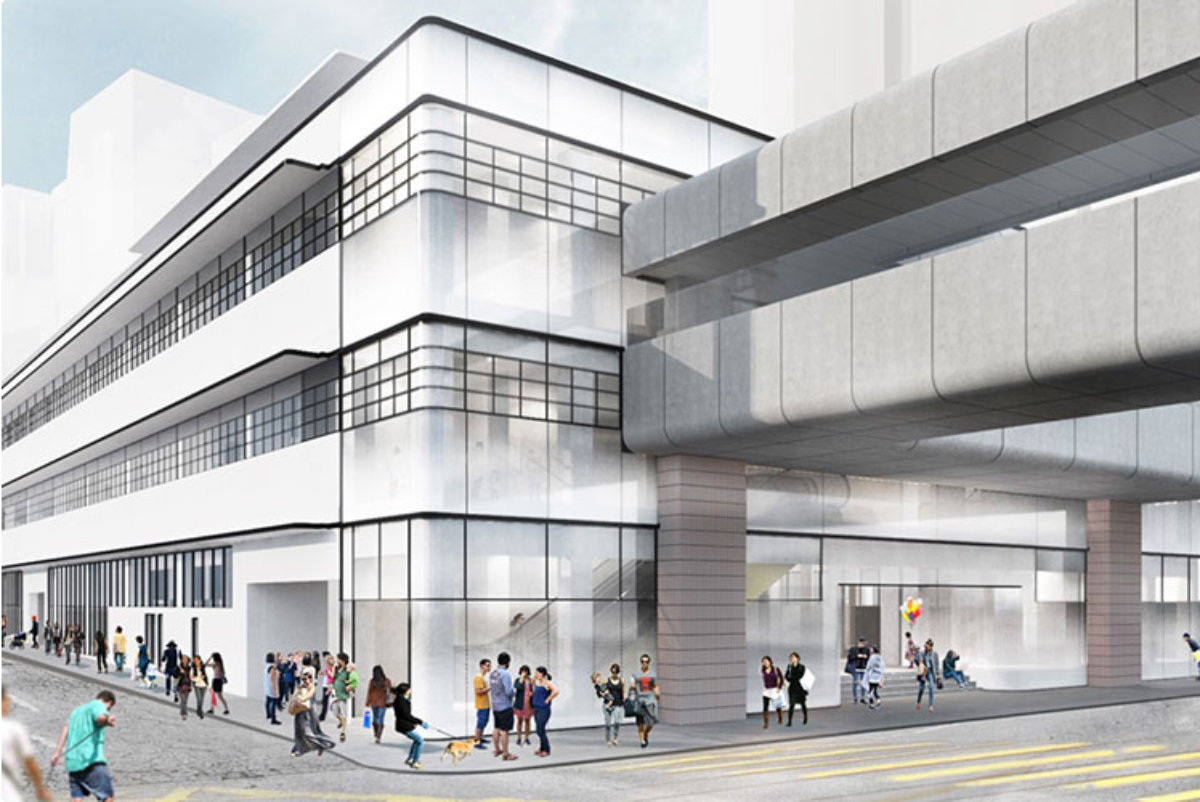New Central Harbourfront Site 3
Turning to one of Hong Kong’s major redevelopment projects, moderator Andrew MacGeoch from Bryan Cave Leighton Paisner asked panellist Terence Seah, Benoy’s Head of Hong Kong, Singapore and Shenzhen, to share his views on Hong Kong’s New Central Harbourfront Site 3.
Site 3 is a 4.76-hectare parcel of reclaimed land extending 400 meters from Statue Square to the Hong Kong Observation Wheel. It is the prime site among eight key waterfront land parcels designated by the Hong Kong Planning Department as part of the Central Harbourfront initiative, a HK $12 billion (US $1.53 billion) project that seeks to rationalise and transform the Hong Kong island waterfront.
Originally, the government planned to offer Site 3 for tender in the same way it would for any other major development project. But in 2017, Benoy led other industry stakeholders in lobbying for a more open and creative approach and using design advocacy to push for a two-envelope tender process. Championing the development of Site 3 as an unparalleled icon for Hong Kong, Benoy’s belief has always been that the waterfront should aspire to become a world-class, human-centric destination delivering both social and economic success.
As part of the site plans, 25,000 square meters – one sixth of the site – has been designated as public open space. As Seah remarked, “this is not too far off our usual footprint area requirements” for public realm developments but suggested more clarity is required around the specific function of the allocated community area.


